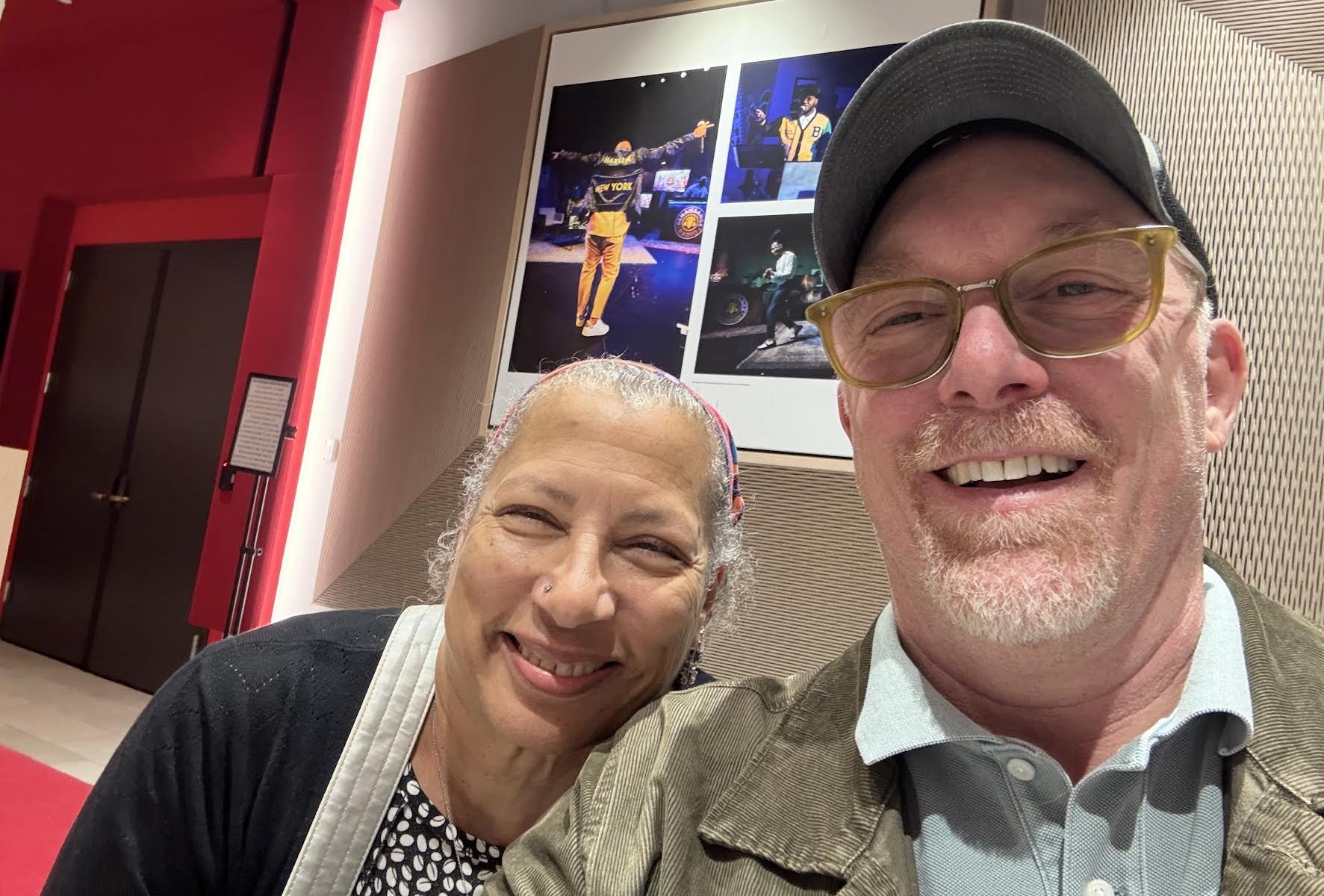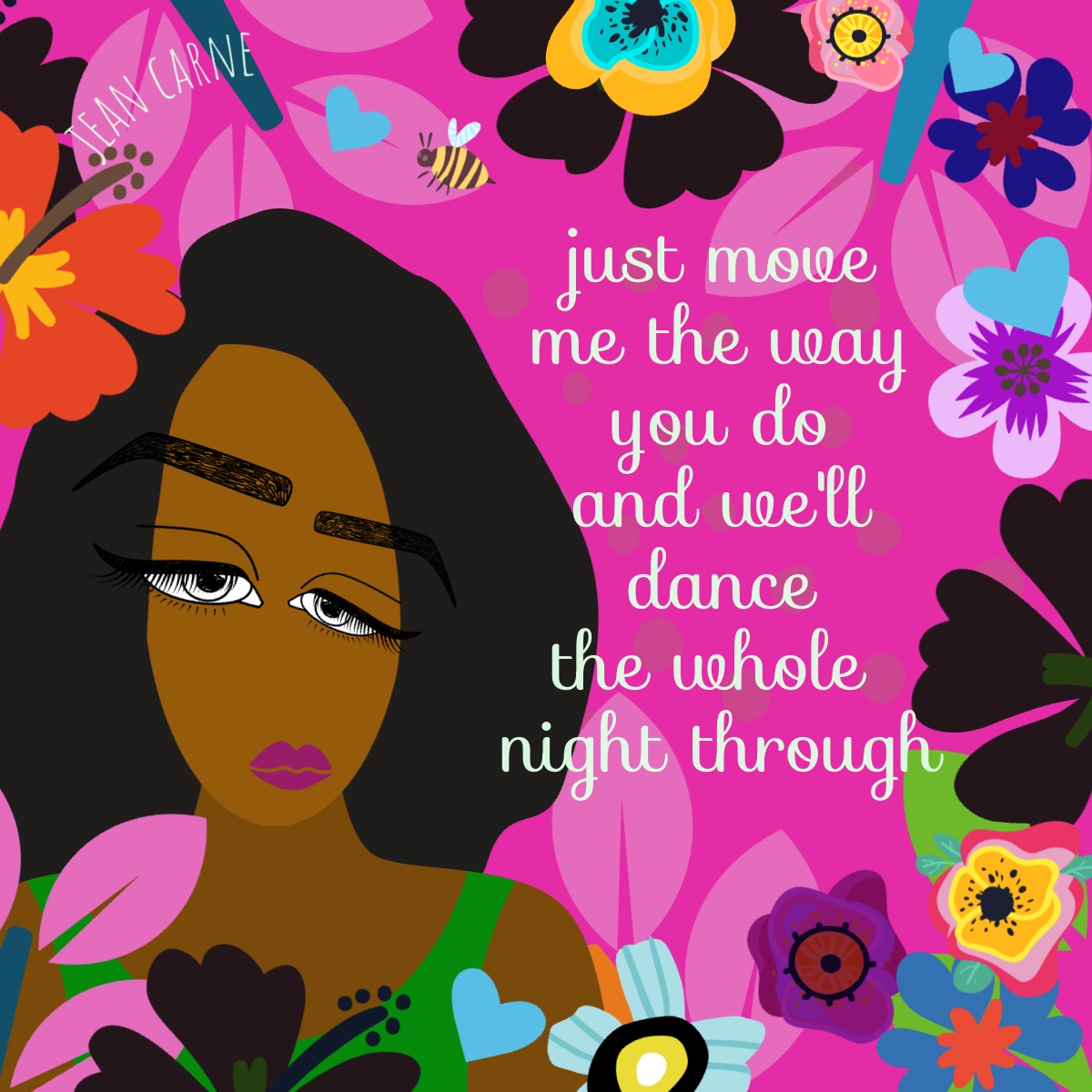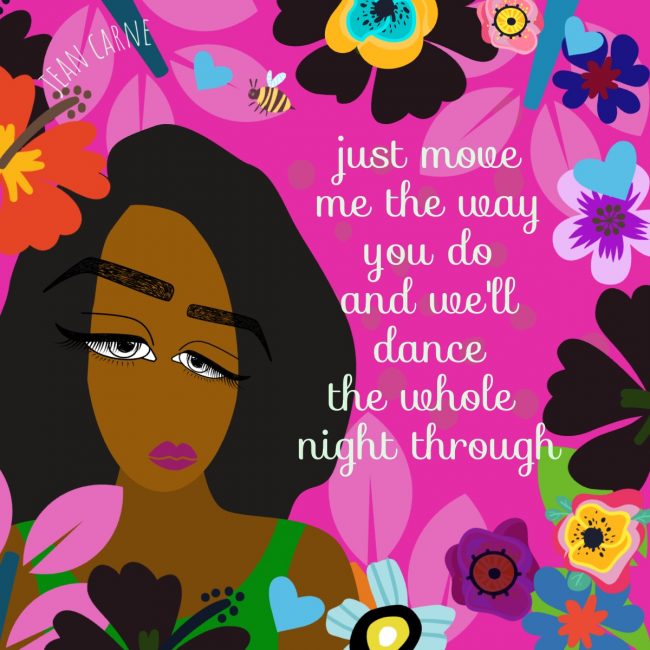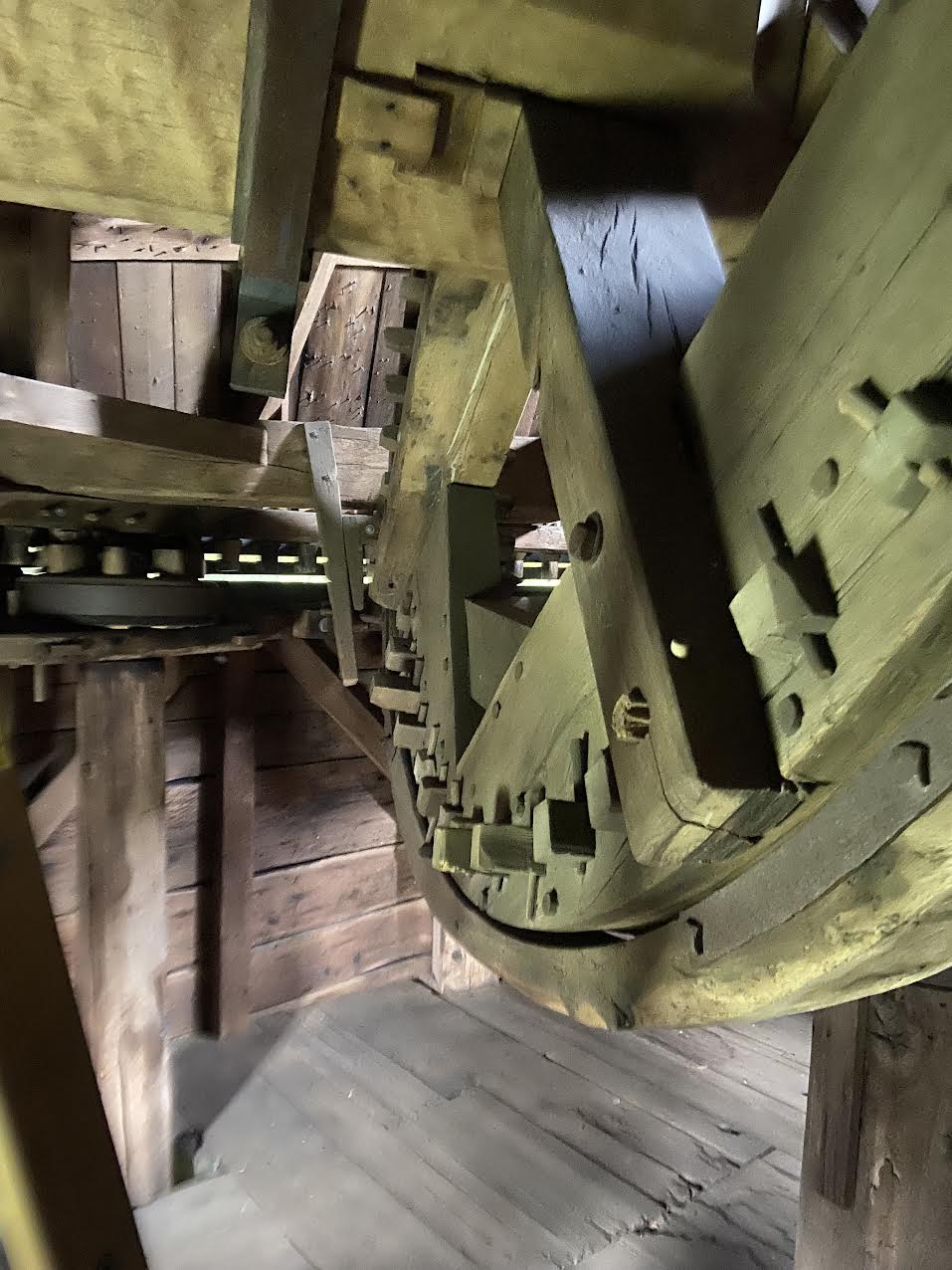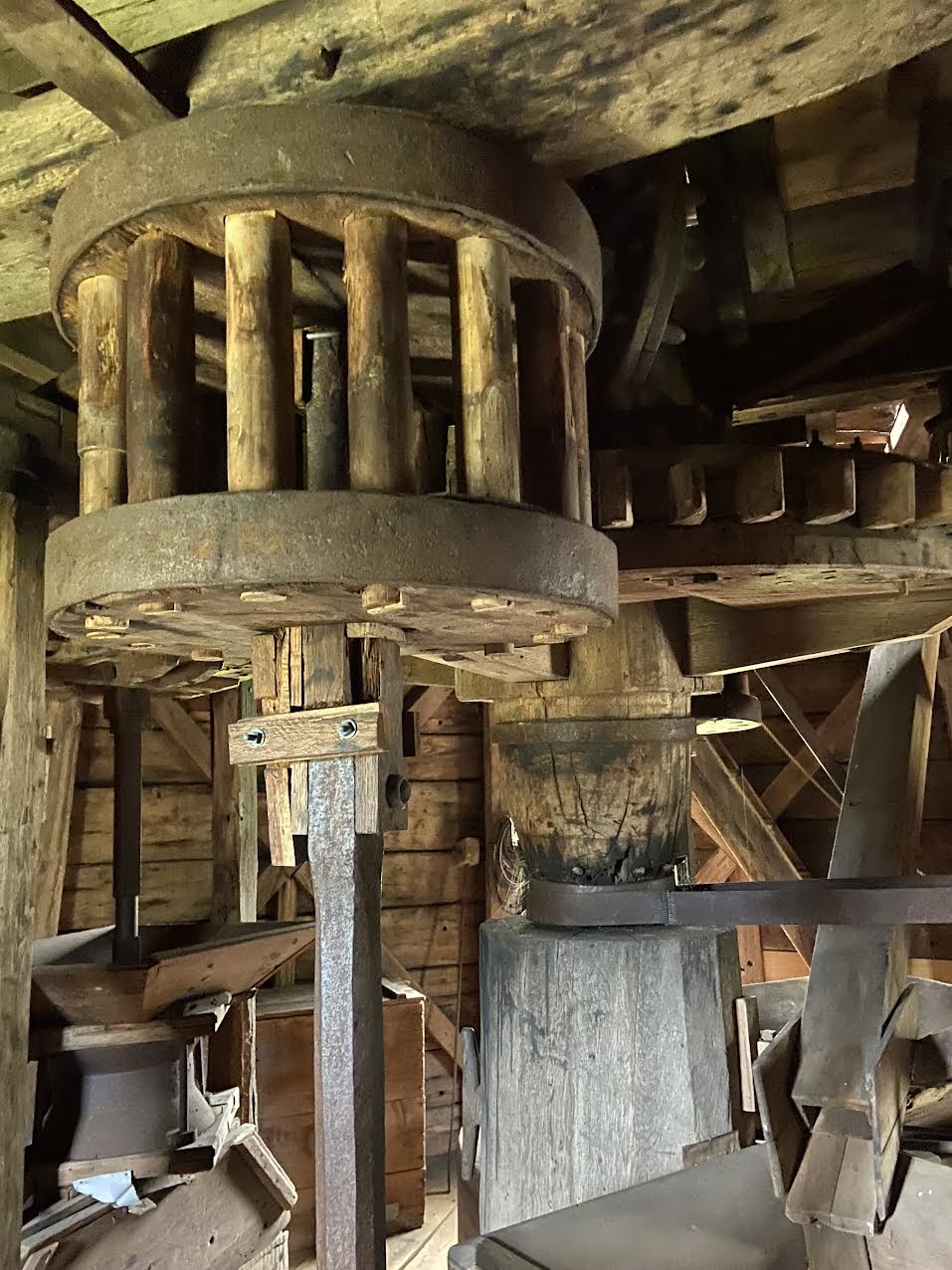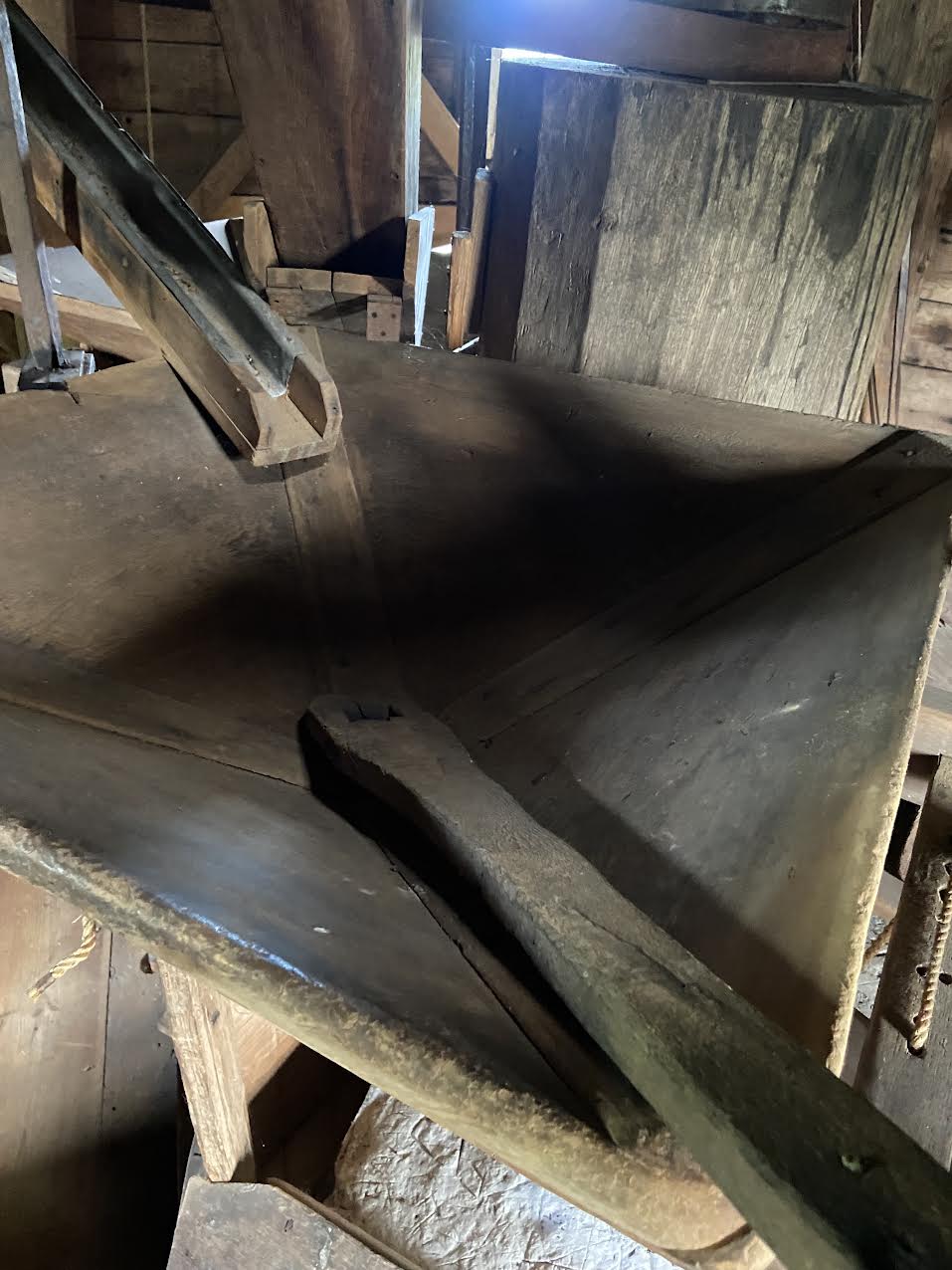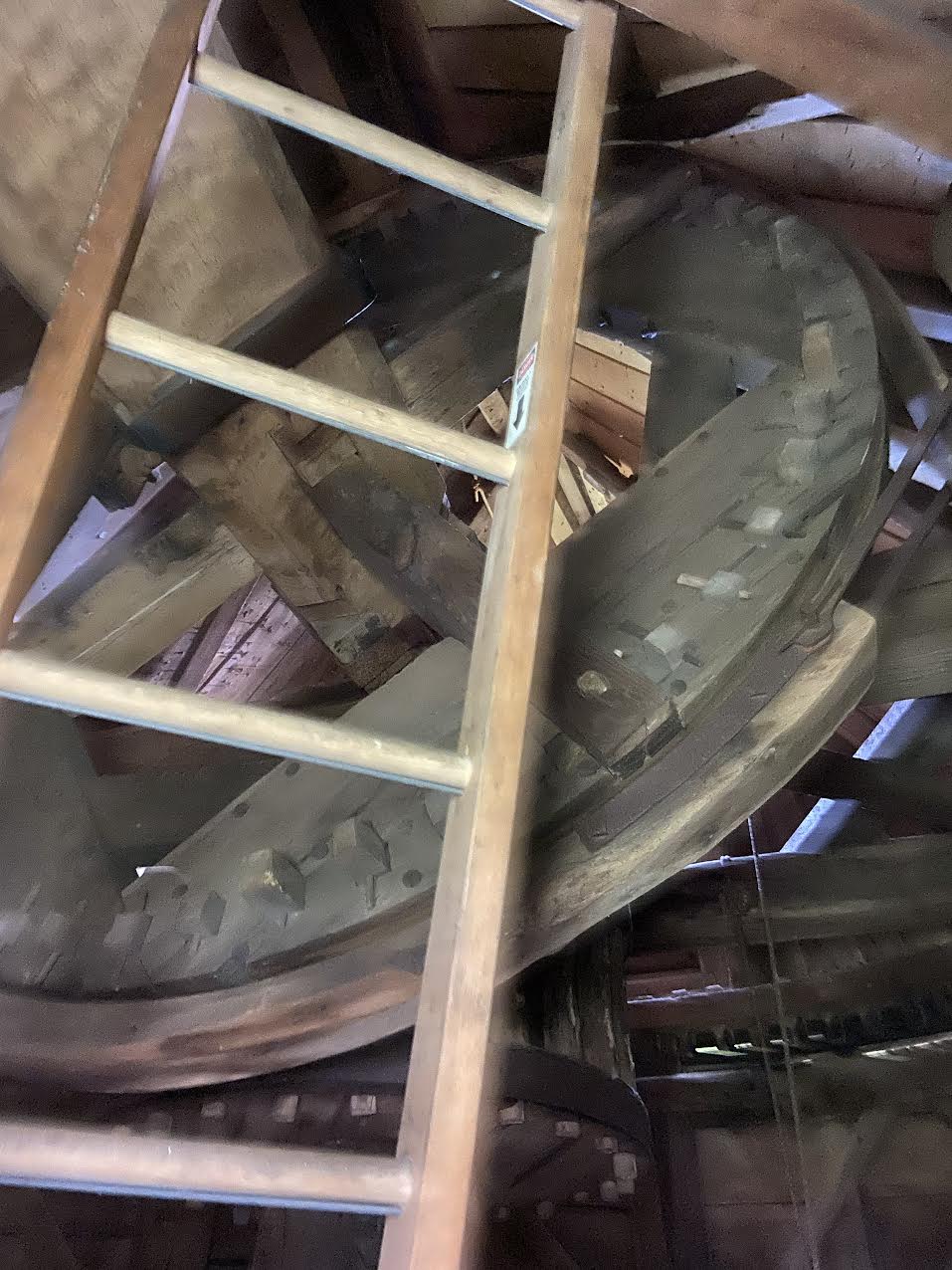I had a wonderful time running into my dear friend, Divabetic type 1, Leslie, at Martha Redbone‘s brilliant tribute to author bell hooks and her inspiring poetry, featuring my friend, Keith Anthony Fluitt at the Apollo Theater. It brought back fond memories of Leslie attending our free monthly Divabetic Club meetings at the McBurney YMCA in New York two decades ago.
Leslie has been navigating life with type 1 diabetes for over 30 years now, and seeing her again filled my heart with joy. It really transported me back to those vibrant days when Leslie would join our free Divabetic Club meetings at the McBurney YMCA in New York nearly two decades ago.
Seeing her again was such a joy! Leslie has always been a beacon of light and comfort for others living with diabetes, sharing her wisdom and positivity at our gatherings. I fondly remember the impact of Divabetic’s outreach, especially when we hosted ongoing free meetings for women affected by diabetes across New York, Philadelphia, and Cleveland.
This year has been a whirlwind as I balance running Divabetic, supporting Luther Vandross‘s legacy and documentary, creating my art, and managing various commitments while touring with Itzhak Perlman.
Catching up with Leslie was a refreshing reminder to pause, reflect, and appreciate the journey.
On a wonderful note, I’m thrilled to share that I’m teaming up with Dr. Neva White and Catherine Schuller to bring a fantastic, free, and fashionable Divabetic outreach event to life with the Frazier Family Coalition. Mark your calendars for Saturday, November 8, at Thomas Jefferson University Hospital! I couldn’t be more excited about what we have planned!


